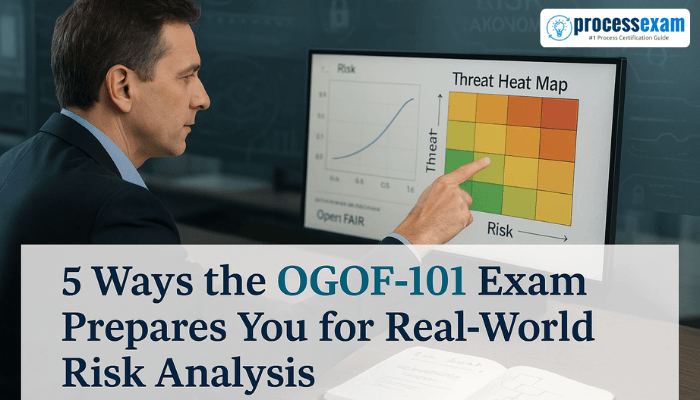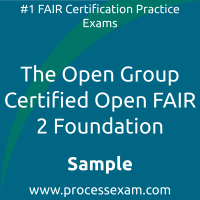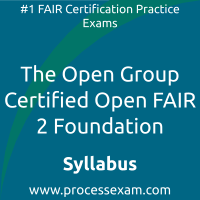
Navigating the complex landscape of organizational risk, especially in the realm of cybersecurity, demands more than just theoretical knowledge. Professionals need concrete skills to identify, analyze, and communicate potential threats and their impact effectively. This is where certifications like The Open Group Open FAIR 2 Foundation, specifically the OGOF-101 Exam, become invaluable.
Passing the OGOF-101 Exam isn't merely about earning a credential; it's about building a robust foundation in a quantitative approach to risk analysis that is directly applicable to real-world challenges. Unlike purely qualitative methods that rely heavily on subjective assessments (like "high," "medium," or "low" risk), Open FAIR (Factor Analysis of Information Risk) provides a structured, data-driven framework for understanding and measuring risk.
Let's explore five significant ways the knowledge gained while preparing for and passing the OGOF-101 Exam equips you for practical, impactful risk analysis in your professional role.

 You have to pass the OGOF-101 exam to receive the certification from Open Group. To increase the effectiveness of your study and make you familiar with the actual exam pattern, we have prepared this Open Group Open FAIR 2 Foundation sample questions. Our
You have to pass the OGOF-101 exam to receive the certification from Open Group. To increase the effectiveness of your study and make you familiar with the actual exam pattern, we have prepared this Open Group Open FAIR 2 Foundation sample questions. Our  To achieve the professional designation of The Open Group Open FAIR 2 Foundation from the Open Group, candidates must clear the OGOF-101 Exam with the minimum cut-off score. For those who wish to pass the Open Group Open FAIR 2 Foundation certification exam with good percentage, please take a look at the following reference document detailing what should be included in Open Group Open FAIR 2 Foundation Exam preparation.
To achieve the professional designation of The Open Group Open FAIR 2 Foundation from the Open Group, candidates must clear the OGOF-101 Exam with the minimum cut-off score. For those who wish to pass the Open Group Open FAIR 2 Foundation certification exam with good percentage, please take a look at the following reference document detailing what should be included in Open Group Open FAIR 2 Foundation Exam preparation.